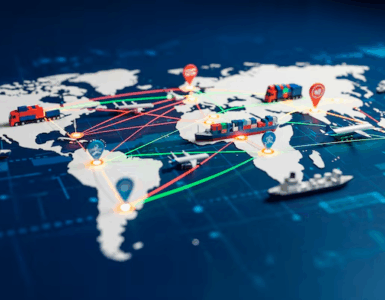
There are official and unofficial reasons for it.
The official reasons have to do with China’s unfair competition strategy. Its corporations take advantage of America’s open markets, while China keeps its own markets closed to American corporations and products. This unfair competition results in lower output, factory closures, and job losses in American industries most affected by Chinese competition.
Meanwhile, Chinese corporations grub technology from their US counterparts.
To cope with the situation, America has had no choice but to impose trade sanctions against Chinese products and companies.
That’s a familiar story — it echoes the 1980s, when America’s unfair trade partner was Japan. The difference is in that case, the trade friction between the two sides didn’t turn into a full-scale trade war.
The unofficial reasons behind the US-China trade war are quite different. They have to do with China’s rapid technological rise and a concurrent quest to dominate emerging digital technologies. That’s a situation of great concern for America, the world’s long-time technology leader.

China’s Terms of TradeKoyfin
China’s technological rise is evidenced by different surveys in recent years. One of them was published this week by Cornell University and its partners. It ranks China as 17 this year, not too far below America, which ranks 6.
Then there’s the Bloomberg’s 2018 innovation survey published early last year. It ranks China 19, not too far behind the US, which ranks 11.
Meanwhile, China’s quest to dominate the emerging digital technologies is confirmed by its vision 2025, whereby Beijing is seeking to lead the world in 5G networks, AI, and robotics.
“With all of the new digital and other Fourth Industrial Revolution technologies coming online at the same time, a new race for global technological supremacy is heating up.” says Courtney Rickert McCaffrey, manager of thought leadership in strategy and management for the consulting firm A.T. Kearney’s Global Business Policy Council. “The two leading contestants in this race are the United States and China. While the United States has led the world in technological innovation for many decades, China is fast closing this gap. From national strategies to foster the development of AI and other key technologies to recruiting top technology talent from around the world, Beijing seems committed to becoming the world’s new technological superpower.“
To implement this commitment, China is changing its growth strategy.
“China now targets a shift from a labor-intensive and export-driven economy to a consumption-driven economy,” says Renee Mu, a currency analyst with DailyFX. “Within such context, industrial upgrading driven by innovation and technology has become inevitable.”
Why is trade friction between US and China turning into a full-scale trade war?
[“source-“forbes”]





















































